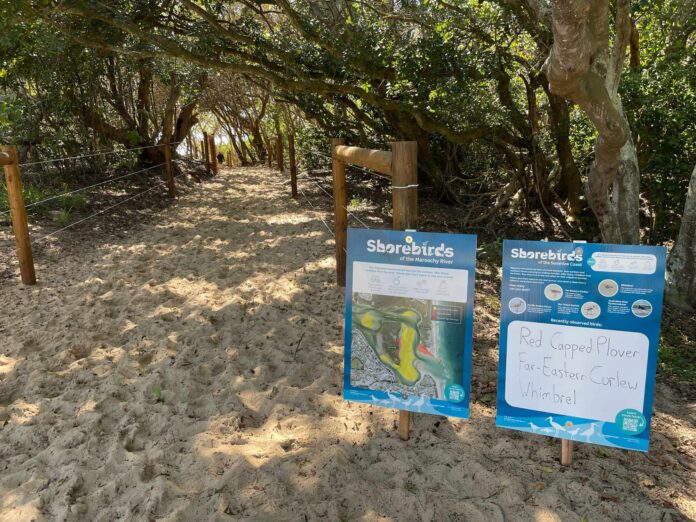Dog owners are being advised to avoid some sections of a popular off-leash beach, due to migrating shorebirds.
Signs were installed at access points to North Shore Beach at Twin Waters last month, advising people to steer clear of some foreshore areas.
It comes as dog access is restricted at highly popular Point Cartwright, where measures were taken to protect the ecosystem, including shorebirds.
The signs at North Shore include a map of shorebirds’ feeding and roosting areas.
“Our migratory shorebirds are here for the summer, after flying 10,000km from the arctic. Please give them space to rest and recover,” one sign stated.
Do you have an opinion to share? Submit a Letter to the Editor at Sunshine Coast News via news@sunshinecoastnews.com.au. You must include your name and suburb.
Signs can also be seen on the south side of the river, at popular Cotton Tree, informing people about shorebirds that can be present at sandbanks and islands within the river.
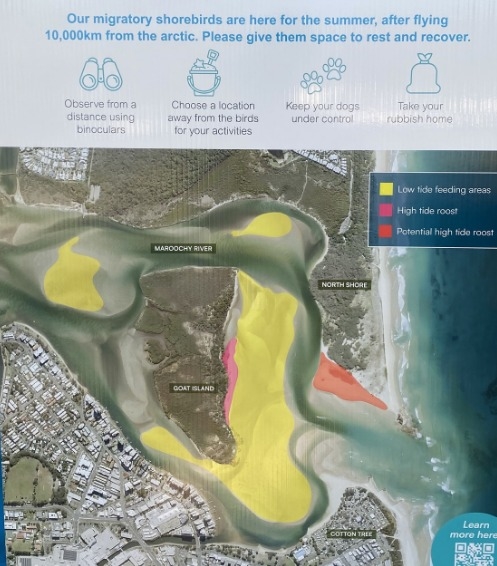
Red-capped plovers, far-eastern curlews and whimbrels are just some of the birds that can be seen in the area.
A Sunshine Coast Council spokesperson said the signs were “temporary, educational, directional and advisory”.
“These signs coincide with the migratory shorebird season (October to April) and they are there to educate residents and visitors about the shorebird presence and how to behave in their presence,” they said.
“Signs at the car park and beach accesses (from BA132 South to the spit) aim to change behaviour by providing advice, area maps and show recent shorebird sightings.
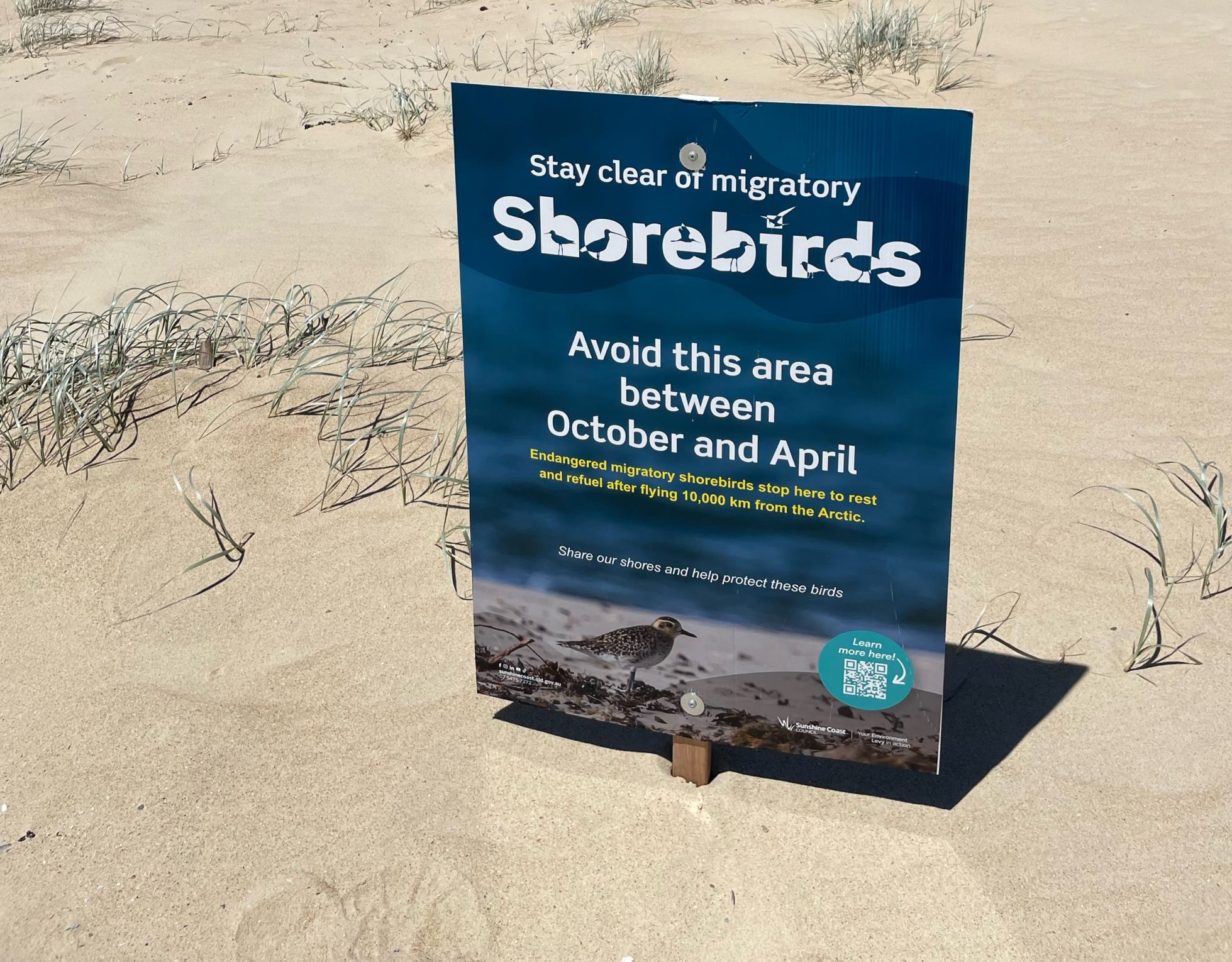
“The directional signage is placed throughout the informal trail network on the spit and aims to direct people away from the habitat, giving them the option to avoid the area if they choose.
“Signs at the spit have been placed around the known shorebird habitat and suggest avoiding this area during shorebird season. These signs are visible from both the land and the sea (for those approaching by watercraft).
“The signs are not regulatory in nature, however they encourage people to do the right thing.”
That includes observing birds from a distance using binoculars, choosing a location away from any birds for activities, keeping dogs under control, taking rubbish home, and avoiding the area at the tip of the spit which is known shorebird roosting and feeding habitat
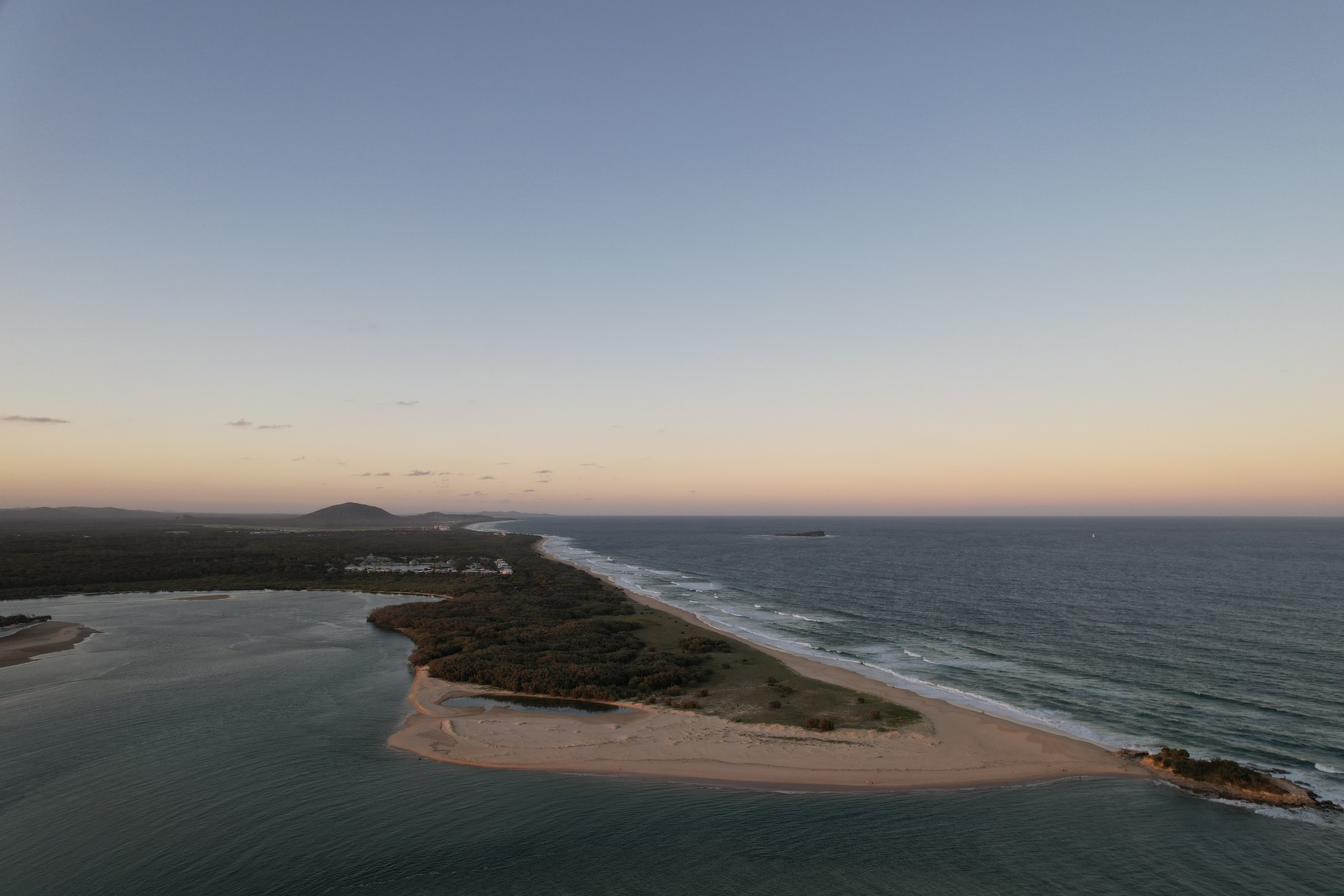
The council spokesperson said the signs were installed after a social study of users in the area “identified that the majority of visitors did not know that it was shorebird habitat or that shorebirds were present” and after a recent sighting of red-capped plovers and their chicks on the site.
The signs were installed after the ‘Understanding Visitors to Maroochy North Shore’ survey in 2022, which more than 2000 people took part in, and a consequent report undertaken by the University of Queensland for Sunshine Coast Council, released in May.
The report focused on social perspectives on human-shorebird interactions, and strategies for reducing negative impacts.
It stated that human-wildlife interactions at North Shore can have a negative impact on shoreline biodiversity, and that disturbances from the dog off-leash area have become too great in recent years, and some birds no longer roost on the North Shore spit.
In its summary, the report said some beachgoers did not want restrictions and that more awareness and information was required to implement change.
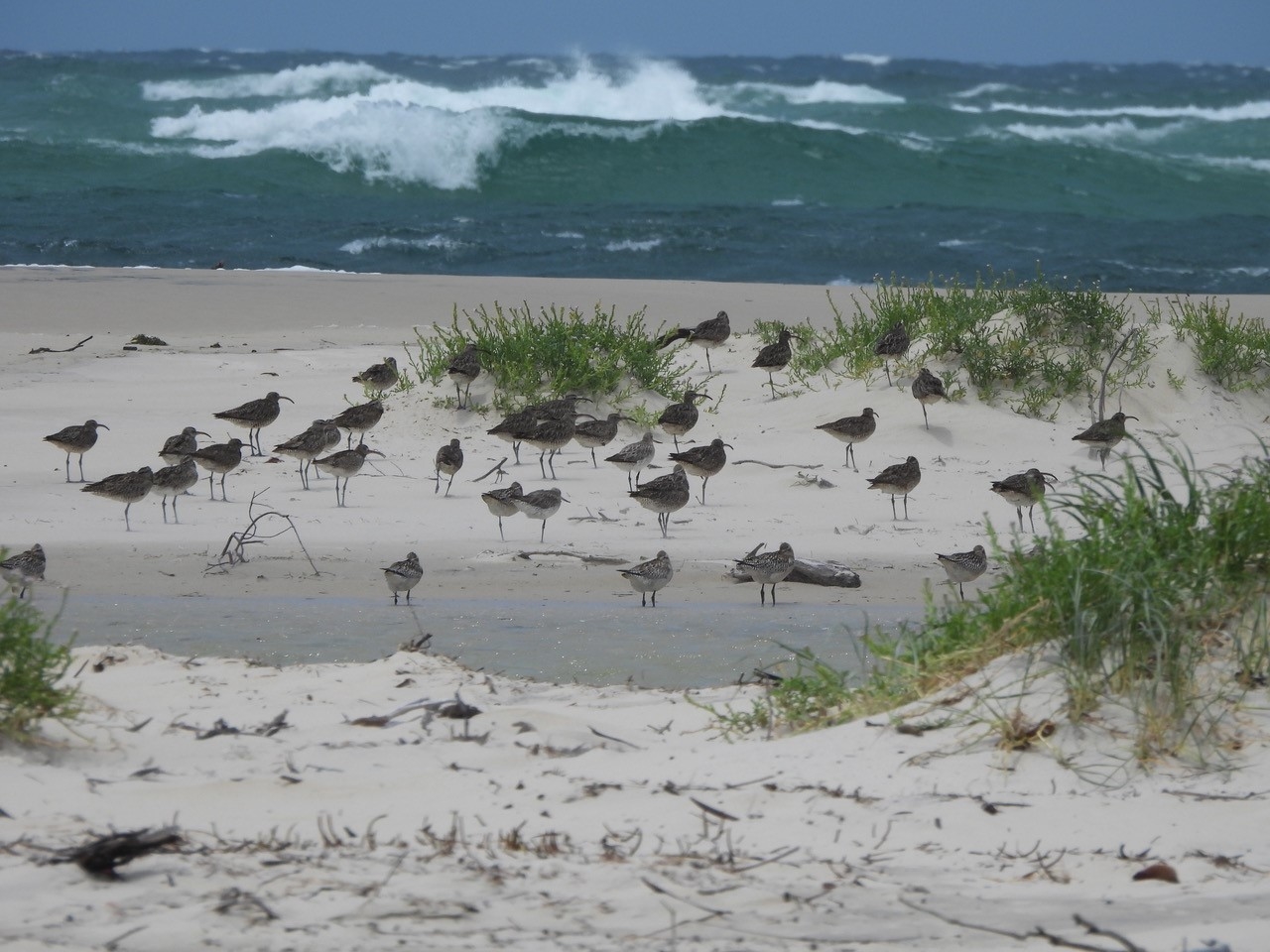
“While there is some support for partial restrictions on sections of the North Shore area during September to April, this support is moderate,” it said.
“To gain wider acceptance for restrictions, it’s essential to not only raise awareness about shorebirds but also educate the community about the impact of dogs on shorebirds as many respondents were unaware of these impacts.”
Related story: ‘Little miracle’: bird spotted after 10,000km journey
Sunshine Coast Council provided information about shorebirds via its website.
“They gather in large numbers on the sandbanks and mudflats of the lower Maroochy River and Pumicestone Passage, as well as on rocky headlands such as Point Cartwright, Caloundra headland and Point Arkwright,” the webpage states.
“The Sunshine Coast provides important habitat for migratory shorebirds, and is also home to resident shorebirds that live here all year long.
“Shorebird resting and feeding areas often overlap with recreational use areas.
“We can help the birds by giving them space and avoid disturbing them to ensure our summer visitors have enough energy for their long journey back.
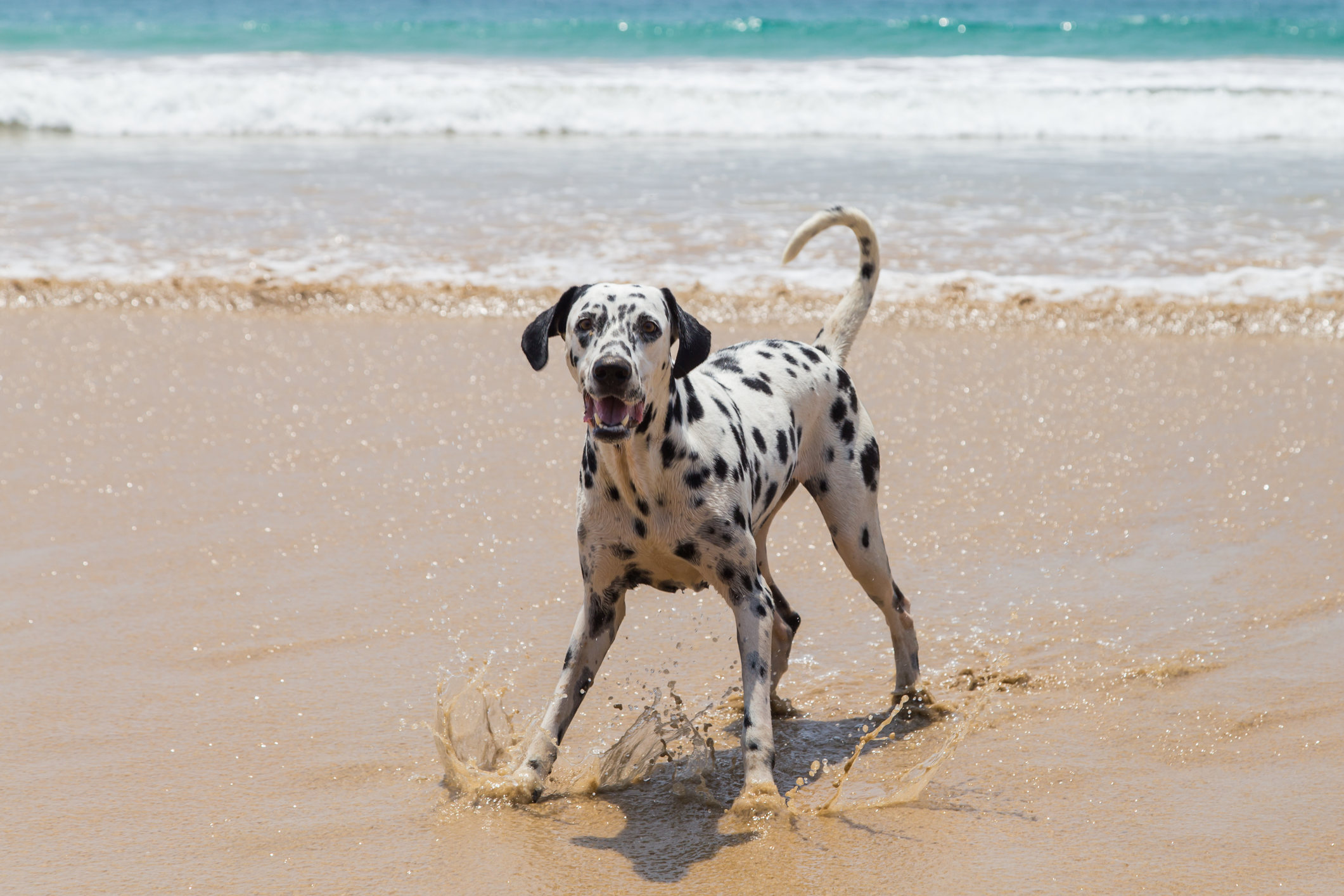
“Shorebirds view dogs as dangerous predators.
“Queensland Government best practice guidelines specify a 300m buffer between shorebird habitat and a dog off-leash area.
“This is based on research looking at which distances birds take flight, start raising alarm or become agitated when disturbed.
“It also considers research that shows shorebirds react earlier to a human with a dog than just a human alone.”
There has been mixed reactions to the measures by pet owners on social media.
“It’s getting harder to give our dogs quality of life,” one said on the La Balsa Bow Wows group.
“I love taking my dog to the beach but not if it’s affecting shorebird populations,” a person commented on the Sunshine Coast Bow Wows group.
“The watercraft are used all along the river and the beach area. They are a bigger problem than all the dogs put together,” said another.
Meanwhile, restrictions at Point Cartwright came into effect on Friday, December 21.
New signs have been placed in the area, informing people where dogs are not permitted and where they can be on and off-leash.
Regular dog walkers in the area were vocal in the days leading up to the changes, posting social media photos of their dogs’ “last day of freedom” and vowing to “continue the fight” for dog access there.
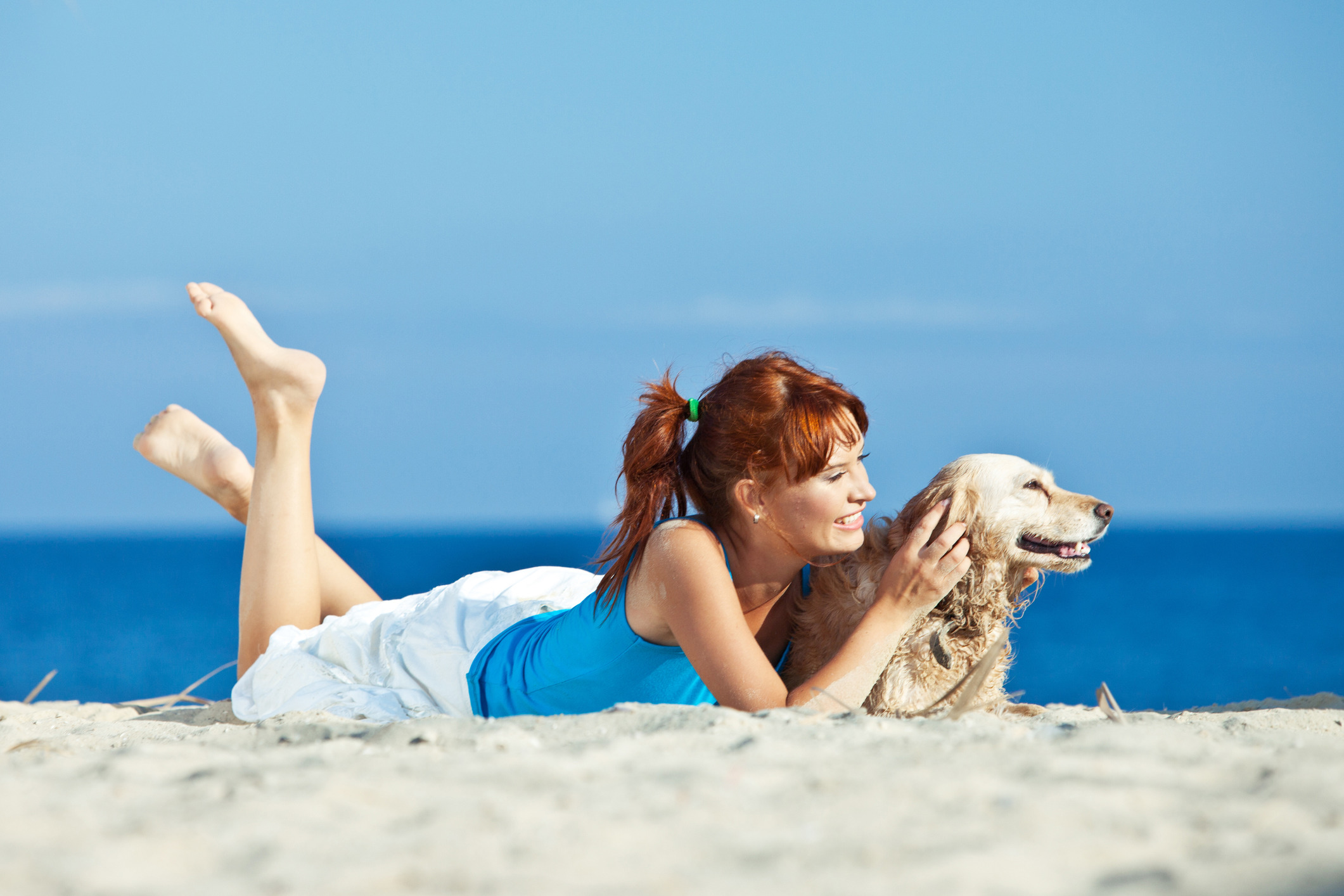
Like stories about Sunshine Coast people doing great things? Help us deliver more by registering for our FREE daily news feed. All it requires is your name and email at the bottom of this article.


